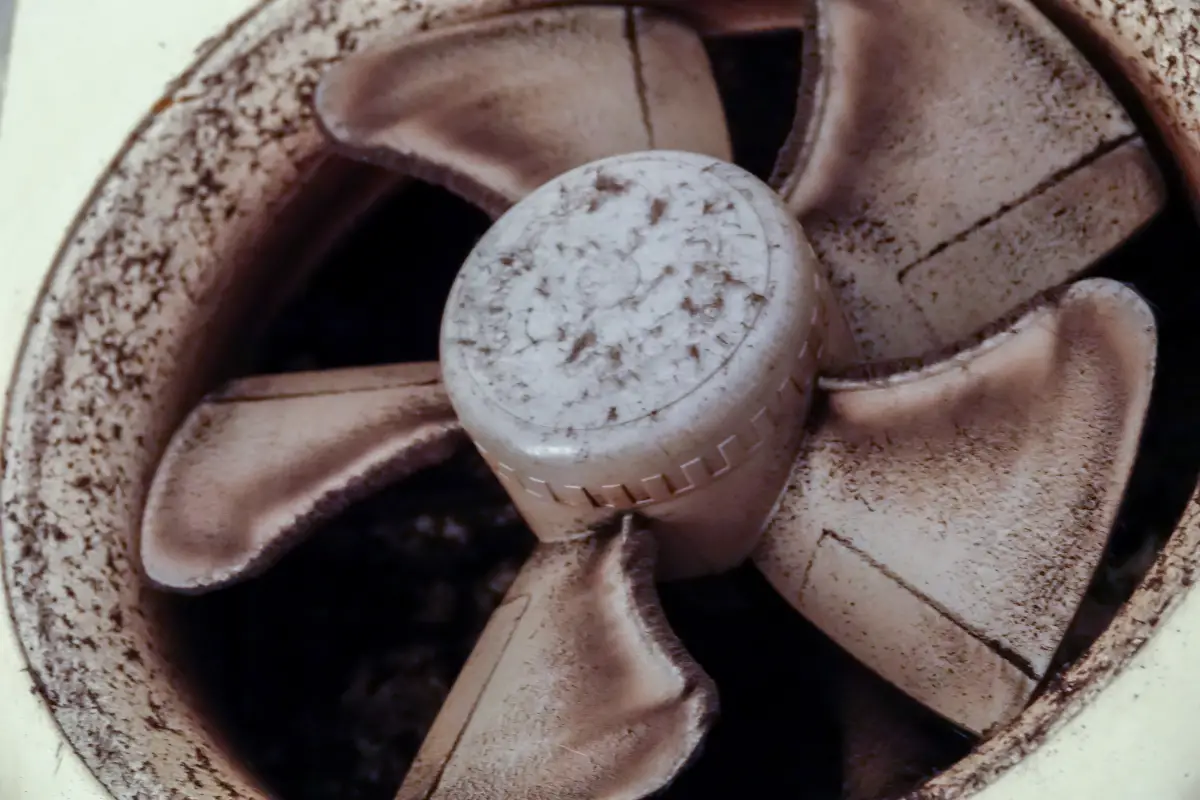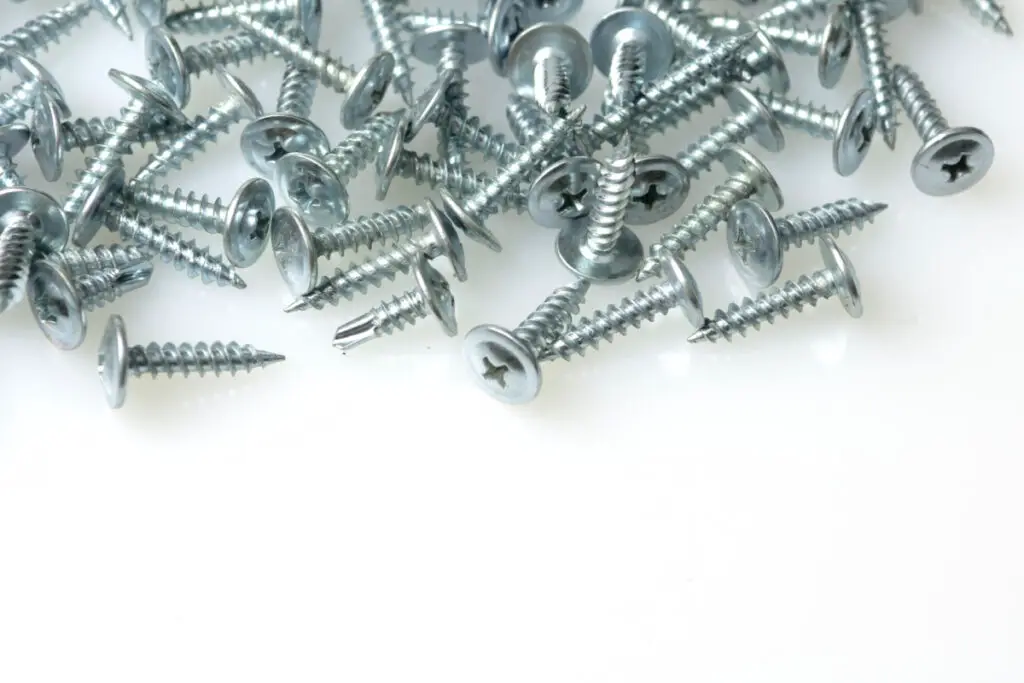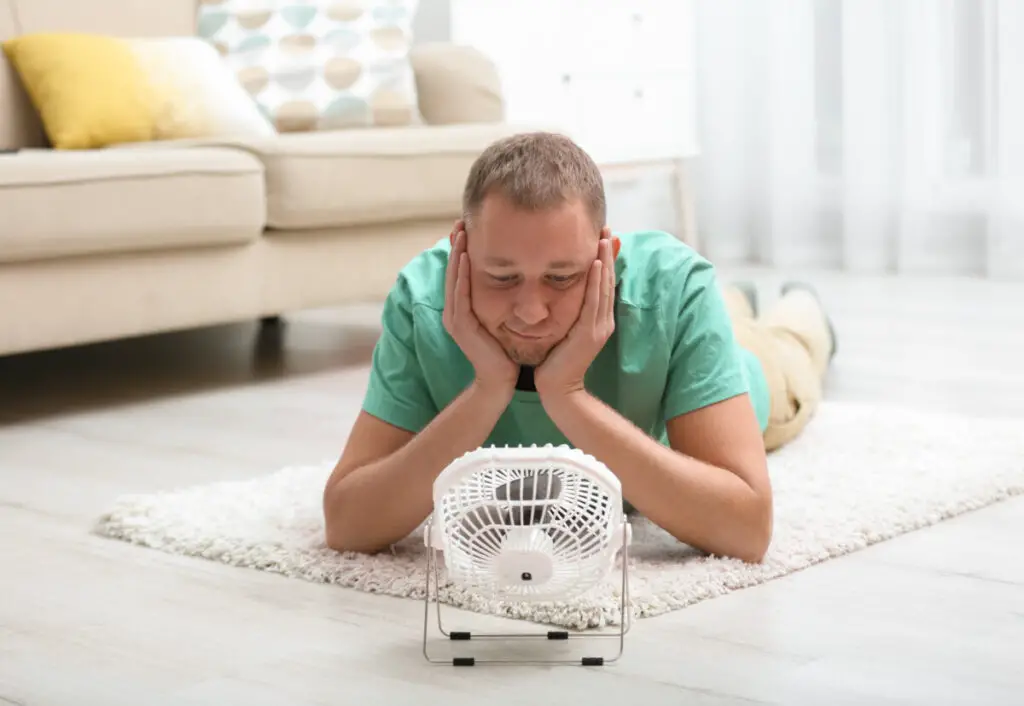A whole house fan is an incredible and cost-effective add-on to your home’s cooling strategy. But if you are a light sleeper or sensitive to everyday sounds, you won’t be pleased by the noise the unit generates when running. Although newer models are quieter, a few homeowners complain about their machines producing loud sounds.
A whole house fan may produce loud noises due to dirt and debris accumulation on the fan, loose bolts, bent blades, a failing motor, or less insulated surroundings.
If you have none of these problems, perhaps you own an old model you need to let go of. Whatever the cause, you can fix the annoying noises of your whole house fan and reduce them to a comfortable level. Find the noise culprit and an ideal solution in the guide below!
How Do Whole House Fans Work?
Whole house fans work by creating negative pressure.
The unit’s fan draws the air from the open doors and windows and spreads cool and fresh outdoor air throughout your property. As the negative pressure in your home rises, it results in positive pressure in the attic.
When the pressure rises in the attic, the air is forced out from the vents mounted in the attic. As a result, your home’s temperature cools down.
The rooms with more open windows experience the most drop in the temperature. Therefore, if you want to cool your entire home, consider opening the windows throughout your home.
Reasons Why Your Whole House Fan Is So Loud
Electric appliances often behave unexpectedly; your whole house fan is no exception. A unit producing louse noises can be a nightmare for homeowners with children or those who otherwise struggle to get a good night’s sleep.
Note that we’re referring to the sounds beyond the normal noise a whole house fan produces. An underlying issue may cause the system to generate humming, rattling, ticking, hissing, or banging noises.
Read on to figure out what’s causing your fan to generate excessively loud noises and how to fix them.
1. The Fan Is Dirty

When was the last time you cleaned your unit’s fan?
A common assumption surrounding whole house fans is that they do not require regular maintenance. The statement is true to some extent since they do not need daily or monthly maintenance, but you must maintain them annually for optimal performance.
A dirty fan is one of the most common reasons why fans are noisy.
Grease and dirt deposits on the fan will affect its noise levels. Not only does it disrupts smooth airflow, but it also creates an imbalance between the fan blades. This causes the unit to produce loud noises.
Fix
Unscrew the whole house fan and use a gentle cleaner to clean the fan blades. Ensure to remove the accumulated grime thoroughly. Then, use a dry towel to wipe the blades dry.
Turn on the unit and check its noise levels.
2. Foreign Object Stuck In Blades
Because the unit’s fan is covered in a screen, it is highly unlikely for a foreign object to get stuck in the fan blades. However, external objects find their way even from tightly enclosed spaces. So it could be that a foreign object is stuck within the blades, leading to unreasonably loud sounds. In fact, if your whole house fan is producing rattling noises, there’s a high chance something is stuck in it.
Fix
Unbolt your whole house fan’s screws and examine the fan blades closely. If you find any external object, carefully remove it and toss it away.
3. Loose Screws and Bolts

Loose screws or bolts are also one of the more common problems leading to noise issues in whole house fans. The mount loosens over time, and the unit vibrates and wobbles against the surface, creating a racket.
Fortunately, the solution is pretty easy and doesn’t require you to consult a professional.
Fix
Closely observe the whole house fan and spot the loose screws on the mount. Now, use a screwdriver to tighten the loose bolts. While at it, examine the fan or other loose components and tighten them to reduce noise levels.
4. Motor Needs Lubrication
It’s not always the fan that generates loud sounds; the unit’s motor can be the culprit, too. Consider removing the unit’s fan to see if the motor is causing the problem. Run the machine without the fan blades and see if it still produces a noise. If it does, the motor is to blame.
If your whole house fan is a few years old, the motor has likely exhausted beyond its capacity. However, you can fix the motor sound with a simple solution.
Fix
Before you discard the old motor and invest in a new one, lubricating the motor is worth a try. The motor bearings often need lubrication and stop producing noise when lubricated with motor oil.
Find the motor bearings at the center right next to the fan shaft. Lubricate the bearings with a few oil drops and run the unit to test its noise levels.
5. You Own a Small-Sized Whole House Fan

While size is the last thing you’d pay attention to when worrying about the noise levels, they make a significant difference to the unit’s operation.
Generally, a small whole house fan produces more noise than a large one. This is because the fan blades spin faster to circulate the air properly. However, a large whole house fan would adequately circulate the air at a slower pace. So, if you own a small model, it may be causing the noise issue.
Fix
If a small model generates loud noises and you prefer a quieter whole house fan, it’s time to switch to a large fan.
6. Area Around the Fan Is Not Insulated
Did you know the unit’s noise is partially due to the vibrations of the blades? The system produces vibrations when you switch on the fan, and its blades start to spin. This leads to loud humming noises. So, if the area around your whole house fan is not insulated, you’ll hear sounds louder than usual.
Fix
Consider insulating the area around the whole house fans to suppress vibrations. You can use a high-performance insulation board or panel to cover the underflooring and walls in your attic. This will reduce the sound down to a comfortable level.
7. Fan Isn’t Installed Within an Ideal Frame Type
The type of frame the installer uses also affects the noise levels. Generally, a metal frame will result in more vibrations and high noise levels. Therefore, you must opt for a frame with minimal noise – think wooden.
Nonetheless, you can still fix the problem if you already have one in place.
Fix
Consider placing small pieces or a length of sponge along the edges of the frame. This will create cushioning for the fan and reduce its ability to vibrate. While the unit will still vibrate, it won’t be enough to produce disturbing sounds.
8. Minimal Air Is Moving Towards the Shutter
The unit’s shutters can also lead to loud noises. Oftentimes, there isn’t enough air passing through the shutter, and the shutter vanes fail to open all the way. When this happens, the whole house fan produces rattling sounds. The shutters must open fully, and the airflow must be adequate to reduce unnecessary noise.
Fix
Consider putting rubber or felt stripping on each shutter vane. This will give the lightweight shutters some weight to catch the fan vibrations. Also, ensure there’s enough clearance above the whole house fan. Ideally, a 30” clearance must be above the unit’s fan blades. Without one, the air will flow back through the shutter, creating annoying sounds.
9. Blades Are Bent
Bent or imbalanced fan blades hit against one another or other unit’s components. So as soon as you switch the fan on and the blades start rotating, you’ll hear a disturbing noise. Fortunately, you can fix both problems with a simple solution.
Fix
If the blades are imbalanced, here is how you can balance them:
- Turn the fan off and let the blades stop before working
- Tighten the bolts on blade brackets
- Clean the blades and mark them with a numbered tape to remember each as you proceed to balance them
- Now manually level the edges of each blade.
- Use a ruler to measure the distance between each blade
- Gently bend the blades’ brackets to balance them
- Run the fan to see if the problem persists. If it does, consider using a balancing kit.
Note that if the blades are bent to the point they’re bumping against one another, it’s time to consider replacements. However, ensure to purchase blades that fit your existing model.
While it isn’t crucial to purchase the exact same blades installed on the fan, it is essential to buy the same size nonetheless. Otherwise, the blades won’t fit correctly. Expect to spend around $30-$35 on blade replacements.
10. Ball-Bearings Need Replacement
Ball bearings exist for a seamless whole-house fan operation. In other words, they make the unit run smoothly by acting as lubricators. Ironically, however, worn-out ball-bearings generate excessively loud noise.
Fix
You have no option but to replace the ball bearings once they start producing a noise. Consider purchasing from a reputable source and find the right fit for your fan.
If you’re dubious about your purchasing skills, contact the manufacturer and let them guide you about the ball bearings. Who knows, they might have the ball bearings in store, and you won’t squander your time finding one for your whole house fan.
11. Faulty Motor
A malfunctioning motor can also result in loud noises. You can confirm this by running the unit without the fan. Remove the fan and switch on the system. If the noise persists, there might be a problem with the motor.
Fix
If your unit is new, you must contact the manufacturer and inform them about the faulty motor. Brands promise to fix or replace products in warranty. So, this might save you replacement costs.
However, if your unit is 10-15 years old or has voided the warranty, it’s time to consider a replacement. Make sure you purchase the right motor that fits your existing model. Ideally, buy from the company you purchased the unit from.
On a side note, the motor is one of the most expensive parts of a whole house fan. Replacing it is like swapping an old computer’s processor. So, if the fan costs a little more than the motor, we recommend purchasing a new model.
Newer models are designed to produce less noise, and the latest tech will perform better than an older model.
12. Your Fan Is Too Old
A whole house fan is warranted for 5-10 years. However, this varies per brand. Also, note that the warranty covers a few parts and minor defects. Therefore, your unit’s company might not cover the noise under warranty. As such, you cannot utilize their services to reduce the noise levels because the excessive sound doesn’t qualify as a problem for them to begin with.
So, if your fan is too old and produces a noise, it will keep getting louder over time. While the motor might still work efficiently, the fan blades get weak, making squeaking sounds.
Fix
Instead of discarding your old fan, consider selling it at a low price. Although the sound is a problem for you, it isn’t an issue for everyone. A homeowner might buy your fan at a low price rate. You can add more money from your pocket and buy a new fan.
Make sure you search thoroughly and consider several options before purchasing a new fan. The latest whole house fans have several features to level up your lifestyle. Compare the popular options and skim through the customer reviews to find an ideal fit for your home.
How Many Decibels Is a Whole House Fan?
The latest whole house fans have a 40-52 decibels range. However, this varies depending on the brand.
A 40-52 decibel unit produces a noise comparable to a standard air conditioning unit. The more advanced model you own, the quieter it will be. However, not all brands focus merely on noise levels. Therefore, you much search for the companies that design whole house fans with minimal decibels.
If you aren’t sure how much is 40-52 decibels, a look into the decibel levels of some common home appliances will give you an idea.
- Blender: 100 dBa
- Stereo: 90 dBa
- Vacuum cleaner: 80 dBa
- Air conditioning unit: 70 dBa
- Dishwasher: 60 dBa
- Bath fan: 50 dBa
- Advanced whole house fan: 45 dBa
- Whispering sound: 20-30 dBa
How Can I Make a Whole House Fan Quieter?
If you need a really quick and inexpensive fix, you can place foam pieces between the whole house fan shutters to help make the unit quieter.
Note that the noise doesn’t always indicate an underlying problem. Regardless of the model you own, you cannot expect it to operate around 10 or 20 decibels. So, the unit will produce some noise by the end of the day.
The loud sound from a whole house fan isn’t necessarily a concern for heavy sleepers—however, light sleepers and those with hyperacusis experience extreme annoyance.
Therefore, a few people want to make their whole house fans quieter. Fortunately, placing foam pieces between the shutter vane spaces can help reduce vibration and eliminate sound, making your unit quieter.
Here’s a quick one-minute video for further guidance:
Does the Whole House Fan Noise Always Signal an Underlying Issue?
Whole house fan noise doesn’t always indicate a problem. However, if the fan produces abnormally loud noises, there may be an issue.
Even the latest whole house fan models generate noise similar to your AC unit. Therefore, you cannot expect a soundless operation. However, if the fan is producing weird rattling, hissing, and clicking rackets, you must inspect its components to know the source of the sound and fix it immediately.
How Noisy Can a Whole House Fan Get?
Whole house fans can be extremely noisy when installed improperly or if they are old. A large unit runs at a low speed and creates less noise than a small system running at a high speed.
While fixing the underlying problem is one thing, consider installing the fan with felt or rubber gaskets to reduce noise levels. If that doesn’t work and the noise gets unbearably loud, contact a certified professional and let them inspect the unit to know the possible problem.
How Long Should I Run My Whole House Fan?
While there are no fixed rules for how long you must run a whole house fan, experts recommend running it for 10 minutes early in the morning, evening, and throughout the night.
You are free to run your unit the entire day. However, it’s not an ideal way to use it to the maximum. You must turn on the fan early in the morning to remove the stale indoor air and allow fresh air to enter your property.
Keep your doors and windows closed during peak sun hours. Open the windows in the evening hours as the temperature outdoors gets cooler. Switch on your whole house fan and enjoy the cool breeze. Further, consider running the fan the entire night to create a permanent cooling effect in your living space.
